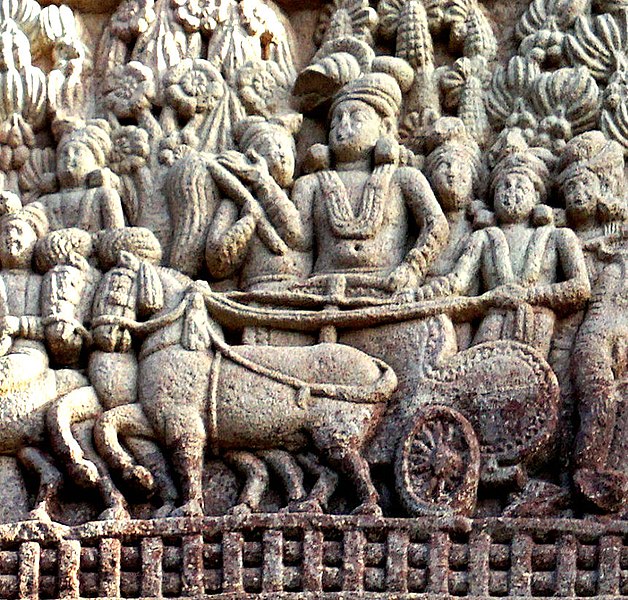Hello ladies and gents this is the Viking telling you that today we are talking about
ASHOKA
Ashoka also known as Ashoka the Great, Piodasses in ancient Greece, was an Indian emperor of the Maurya Dynasty, who ruled almost all of the Indian subcontinent from c. 268 to 232 BCE. A grandson of the Maurya dynasty's founder Chandragupta Maurya, Ashoka promoted the spread of Buddhism across ancient Asia.
Considered by many to be one of India's greatest emperors, Ashoka expanded Chandragupta's empire to reign over a realm stretching from present-day Afghanistan in the west to Bangladesh in the east. It covered the entire Indian subcontinent except for parts of present-day Tamil Nadu, Karnataka, and Kerala. The empire's capital was Pataliputra (in Magadha, present-day Patna), with provincial capitals at Taxila and Ujjain.
Ashoka waged a destructive war against the state of Kalinga (modern Odisha), which he conquered in about 260 BCE. According to an interpretation of his Edicts, he converted to Buddhism after witnessing the mass deaths of the Kalinga War, which he had waged out of a desire for conquest and which reportedly directly resulted in more than 100,000 deaths and 150,000 deportations.
He is remembered for erecting the Ashoka pillars and spreading his Edicts, for sending Buddhist monks to Sri Lanka and Central Asia, and for establishing monuments marking several significant sites in the life of Gautama Buddha.
Beyond the Edicts of Ashoka, biographical information about him relies on legends written centuries later, such as the 2nd-century CE Ashokavadana ("Narrative of Ashoka", a part of the Divyavadana), and in the Sri Lankan text Mahavamsa ("Great Chronicle"). The emblem of the modern Republic of India is an adaptation of the Lion Capital of Ashoka.
His Sanskrit name "Aśoka" means "painless, without sorrow" (the a privativum and śoka, "pain, distress"). In his edicts, he is referred to as Devānāmpriya (Pali Devānaṃpiya or "the Beloved of the Gods"), and Priyadarśin or Priyadarshi (Pali Piyadasī or "He who regards everyone with affection"). His fondness for a tree is the reason for his name being connected to the "Ashoka tree" or Saraca asoca, and this is referenced in the Ashokavadana.
In The Outline of History (1920), H.G. Wells wrote, "Amidst the tens of thousands of names of monarchs that crowd the columns of history, their majesties and graciousnesses and serenities and royal highnesses and the like, the name of Ashoka shines, and shines, almost alone, a star."
And as always have a chilled day from the Viking

Comments
Post a Comment